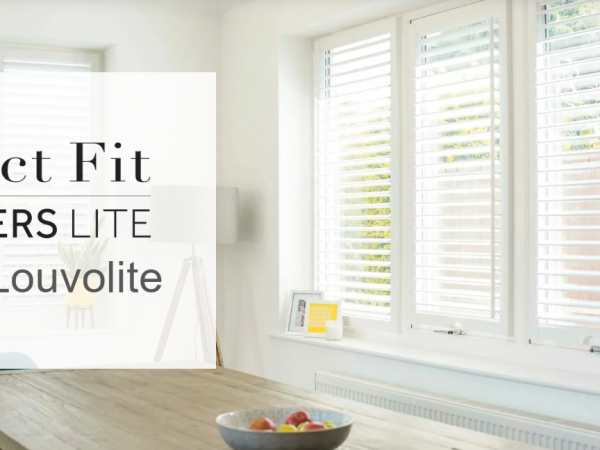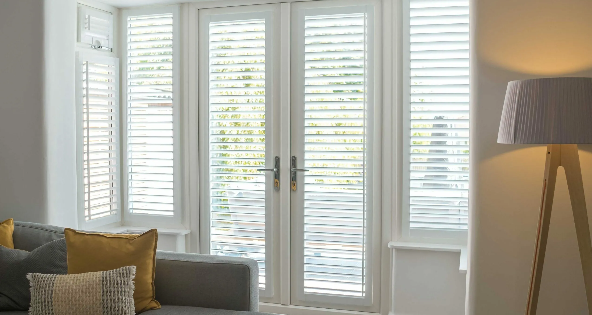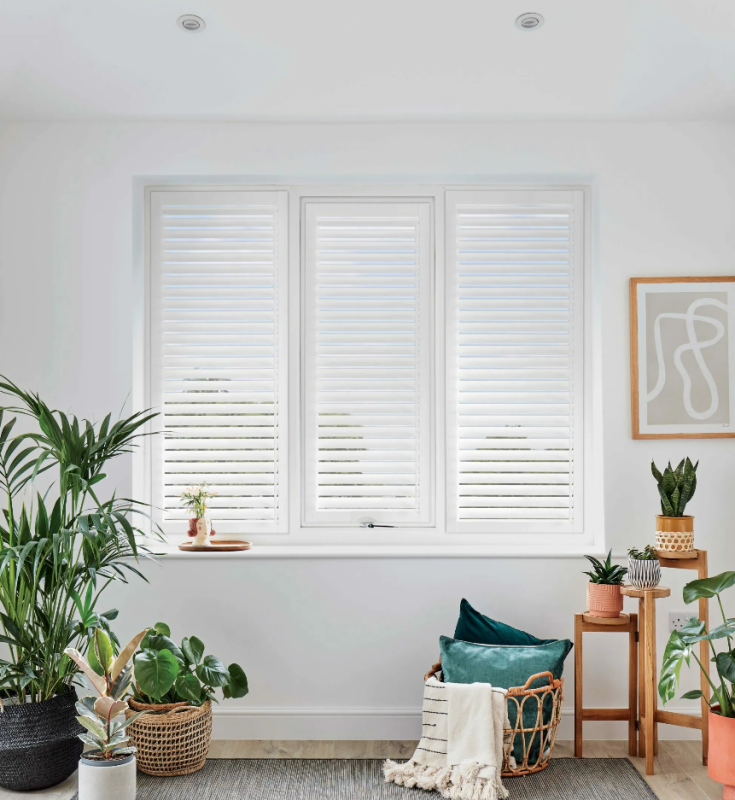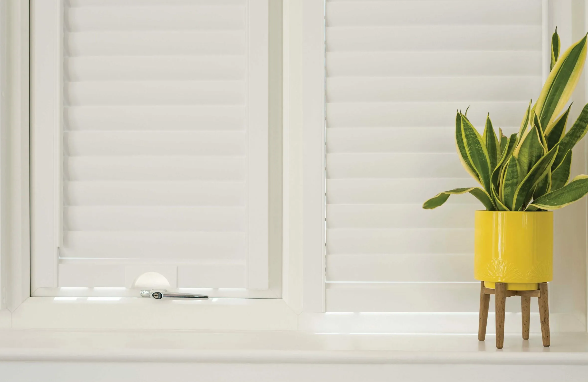Maximising Home Energy Efficiency with Blinds and Shutters
In the quest for a more energy-efficient home, every detail matters – from the appliances we choose to the quality of our insulation. Yet, there’s a hero in the battle against energy wastage that often goes unnoticed: the window blind and shutter. This blog explores the transformative power of blinds and shutters and their impact on your home’s energy efficiency.
The Role of Blinds and Shutters in Energy Conservation
Insulation often brings to mind images of thick walls and double-glazing. However, blinds and shutters are equally pivotal. A British Blind & Shutter Association (BBSA) study has found that as much as 18% of domestic heat loss occurs through windows. Installing blinds and shutters can significantly reduce this, creating a barrier to trap heat in the winter and reflect it in the summer.
Maximising Solar Gains
It’s not only about retaining warmth; it’s also about utilising natural heat when available. On sunny days, opening your blinds and shutters can allow solar energy to naturally warm your home, cutting down on the need for artificial heating. This method, known as ‘solar gain’, is a fundamental principle of energy-efficient home design.
The Night-Time Routine
As temperatures drop at night, so does the indoor warmth. Closing your blinds and shutters can help prevent this escape of heat, acting like an additional layer of insulation. The BBSA suggests that this can contribute to a significant reduction in energy bills, with potential heat loss reductions of up to 33%. This simple nightly routine can have a substantial impact on your home’s energy usage.

Seeing the Difference
Infrared imaging provides stark visual evidence of how blinds and shutters can reduce heat loss. Thermal images show cooler colours where blinds are closed, indicating retained heat, while red areas highlight heat escaping through open blinds. This is a strong visual endorsement of the importance of blinds and shutters in an energy-efficient home.
Economic and Environmental Impacts
Energy efficiency is about more than just personal savings; it’s about the sustainability of our planet. Research by the European Solar Shading Organisation (ES-SO) suggests that solar shading could save Europe €285 billion by 2050. Furthermore, the energy conserved equates to the environmental impact of planting 5 billion trees – a statistic that underlines the wider benefits of seemingly small domestic changes.
The Thermostat for Your Windows
Blinds and shutters are more than mere decoration; they serve as a thermostat for your windows, offering temperature control without the need to adjust your heating. With climate change leading to hotter summers, the ability to regulate indoor temperature is increasingly vital. By strategically adjusting blinds and shutters, homeowners can actively manage their living environment.
Effective Tools for Energy Conservation
Blinds and shutters transcend their aesthetic purpose; they are a primary defence against energy loss and a method for capturing natural heat. Considering we spend 90% of our time indoors, optimising our living spaces for comfort and efficiency is crucial. Adopting blinds and shutters is a step towards a future where our homes are not just comfortable but also bastions of energy efficiency. As you draw your blinds tonight, remember that you’re not just shielding against the night; you’re conserving energy, reducing costs, and contributing to a healthier planet.













